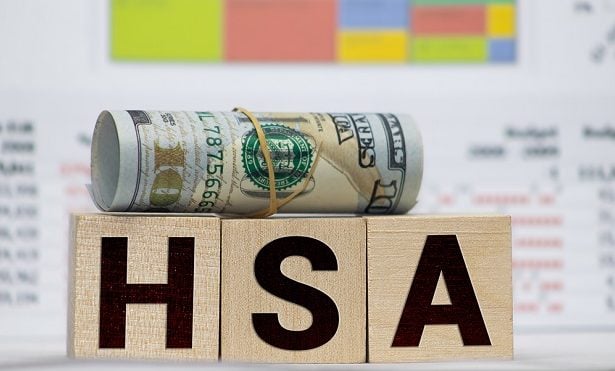 The perplexing maze of the U.S. health insurance system is riddled with fraud, a lurking demon that clandestinely drains a staggering proportion of health care expenditure. One-third of every dollar circulating in the health care system — totaling over $1 trillion — is squandered on dubious services, lost to fraud, or otherwise misused.
The perplexing maze of the U.S. health insurance system is riddled with fraud, a lurking demon that clandestinely drains a staggering proportion of health care expenditure. One-third of every dollar circulating in the health care system — totaling over $1 trillion — is squandered on dubious services, lost to fraud, or otherwise misused.
Taking a casual look at media coverage on the subject, it becomes apparent that there are numerous stories highlighting the extensive waste and fraud present in Medicare and Medicaid, while comparatively limited attention is given to employer plans. In 2019, private insurance expenditure skyrocketed to a whopping $1.2 trillion, yet no systematic tracking exists to monitor funds diverted by fraud. Expert estimates suggest that up to a tenth of all health care spending might be swallowed by fraudulent operations. The insurance industry insists it's vigilantly safeguarding these funds, but the unnerving reality reveals a different story — fraudsters find easy loopholes in this system, and persuading insurers to clamp down on them seems a Sisyphean task.
A striking illustration of this predicament can be found in Marshall Allen's riveting book, "Never Pay the First Bill: And Other Ways to Fight the Health Care System and Win." Here, he shares the tale of David Williams, a personal trainer who masterminded a scam to swindle millions from private insurers and employers. Williams, lacking any legitimate credentials, procured a National Provider Identifier number (NPI) — a prerequisite for medical providers to bill insurance plans — without any of the requisite oversight commanded by the Health Insurance Portability and Accountability Act (HIPAA) and the rules and regulations of the Centers for Medicare and Medicaid Services (CMS). Armed with the NPI, he embarked on a fraudulent spree, billing insurers for workout sessions disguised as medical services, defrauding them of millions. Notably, amongst his victims were the big players: UnitedHealthcare, Aetna, and Cigna, with Southwest Airlines bearing the brunt through its self-funded benefits plan. By the time he was apprehended, Williams had successfully defrauded these companies for over four years, amassing about $4 million in cash from $25 million in fraudulent billing.
Continue Reading for Free
Register and gain access to:
- Breaking benefits news and analysis, on-site and via our newsletters and custom alerts
- Educational webcasts, white papers, and ebooks from industry thought leaders
- Critical converage of the property casualty insurance and financial advisory markets on our other ALM sites, PropertyCasualty360 and ThinkAdvisor
Already have an account? Sign In Now
© 2024 ALM Global, LLC, All Rights Reserved. Request academic re-use from www.copyright.com. All other uses, submit a request to [email protected]. For more information visit Asset & Logo Licensing.








